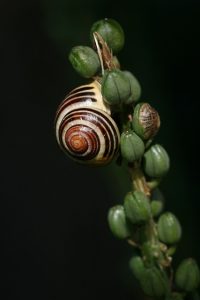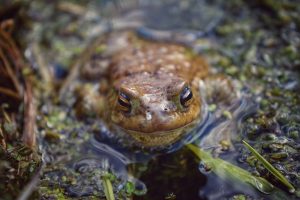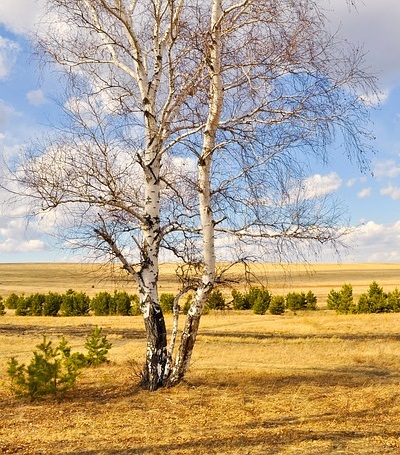German Ecology Expert Says Prediction and Control of Biological Invasion is Crucial to a Country’s Protection
 Marine biologist Dr. Elizabeta Briski, an expert in invasion ecology at the GEOMAR Centre for Ocean Research in Kiel, Germany, says, “biological invasion is widely believed to have caused the spread of diseases and extinctions that resulted in trillions of dollars in costs of damage and control.” As the related numbers continue to increase, conducting large-scale studies to understand and predict invasion patterns is crucial to protect economies, societies and environments.
Marine biologist Dr. Elizabeta Briski, an expert in invasion ecology at the GEOMAR Centre for Ocean Research in Kiel, Germany, says, “biological invasion is widely believed to have caused the spread of diseases and extinctions that resulted in trillions of dollars in costs of damage and control.” As the related numbers continue to increase, conducting large-scale studies to understand and predict invasion patterns is crucial to protect economies, societies and environments.
Humans Involved in Transporting Nonnative Species Across the Globe
According to Dr. Briski regardless of whether small or large and whether on land or underwater, their studies show that at least one percent (1%) of non- native or invasive species have been transported across the globe by humans. She added that in the coming decades, new invasions will continue to rise substantially. Especially now that trade and transport have accelerated and shifted in ways that allow connecting to distant countries that have unique biological species.
 Such circumstances therefore can bring about a greater magnitude of socio-economic, ecological and environmental impact. The GEOMAR ecology expert remarked that the most common non-native species reported to have been introduced internationally are those that were intentionally brought over for horticulture, agriculture, forestry and other uses. Yet in some cases, certain unwanted and undesirable species like rats came along as stowaways in shipping vessels, which of course nobody wanted.
Such circumstances therefore can bring about a greater magnitude of socio-economic, ecological and environmental impact. The GEOMAR ecology expert remarked that the most common non-native species reported to have been introduced internationally are those that were intentionally brought over for horticulture, agriculture, forestry and other uses. Yet in some cases, certain unwanted and undesirable species like rats came along as stowaways in shipping vessels, which of course nobody wanted.
Dr. Briski reported that the overall results of their study at the GEOMAR Centre for Ocean Research show indications that there is a huge possibility of various biological invasions in the future. That is why she and her team of researchers are calling for immediate actions to control future species introduction to prevent the transport of harmful and damaging invader species.
